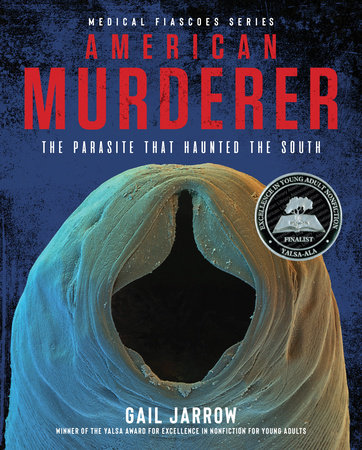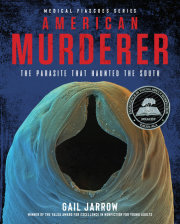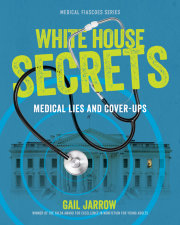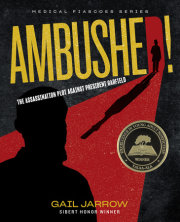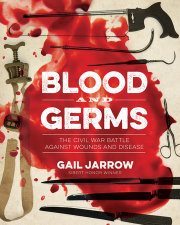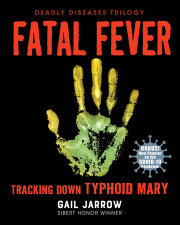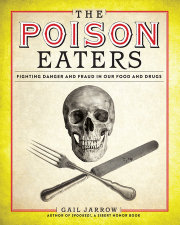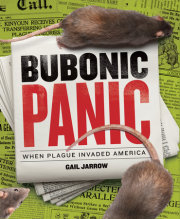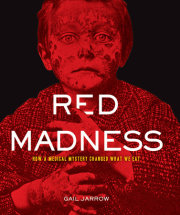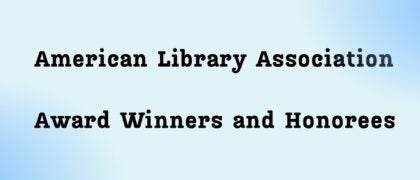TABLE OF CONTENTS Chapter 1 VAMPIRE 8
Chapter 2 WORM SCIENTIST 11
Chapter 3 UNLOCKING SECRETS 21
Chaoter 4 THE LAZINESS GERM 34
ALL ABOUT HOOKWORMS 42
Chapter 5 BATTLING
NECATOR 46
Chapter 6 “SKIDOO, HOOKWORM” 59
Chapter 7 HOOKWORM SOCIALS 72
Chapter 8 THE PRIVY PROBLEM 90
Chapter 9 A CURSE IS LIFTED 103
Chapter 10 THE BLOODSUCKER LIVES ON 114
TIMELINE 124
GLOSSARY 128
MORE TO EXPLORE 131
AUTHOR’S NOTE 132
ACKNOWLEDGMENTS 134
SOURCE NOTES 136
BIBLIOGRAPHY 142
INDEX 149
PICTURE CREDITS 152
CHAPTER ONE: VAMPIRE“The disease . . . is primarily a ‘poor man’s’ malady.”
—Charles Stiles, American scientist
EARLY ONE MORNING IN NOVEMBER 1908, A TRAIN SLOWED down to pick up passengers at a southern railroad station. Peering through his railcar’s window, a traveler from Iowa pointed to a deathly pale, hunched-over figure standing on the station platform.
“What on earth is that?” he asked his two companions, wondering what could make a young man look so emaciated and broken down.
His friend, who had grown up in the South, explained that the man was probably one of the local tenant farmers.
The Iowan was shocked. He was used to the robust look of midwestern farmers.
“If he represents Southern farm labor the South is in poor luck,” he said.
The third traveler, a scientist, had seen many similar people. In fact, he had been studying them for several years, and he knew exactly what was wrong with the man on the platform. He informed his friends that they were looking at a victim of America’s bloodsucking murderer.
This vampire thrived in the warm southern climate. It lurked on the ground outside rural homes, schools, and churches. Invisible to its potential victims, it waited until one of them passed by. Undetected, it hitched a ride, burrowed in through the skin, and tricked the person’s body into allowing it to stay. The intruder hid deep in the host’s gut for years, anchored in place by sharp fang-like mouthparts.
Day by day, one drop at a time, the vampire devoured blood from its unsuspecting victim. At first the person suffered few ill effects. But when more invaders followed —and they usually did—his or her body became home to hundreds, sometimes thousands, of the tiny creatures.
Before long, the daily blood loss was enough to weaken and sicken the host. The person was transformed into a dull-witted, frail individual with a blank stare and shuffling gait—just like the man on the platform.
The scientist had learned many of the American Murderer’s secrets. He understood how it attacked the human body. He was aware of the damage it did. And he was convinced the vampire could be stopped—must be stopped!—from slowly sucking the life and energy out of millions of men, women, and children. He was determined to end this medical fiasco—one that most of America didn’t know existed.
Copyright © 2022 by Gail Jarrow. All rights reserved. No part of this excerpt may be reproduced or reprinted without permission in writing from the publisher.

